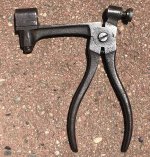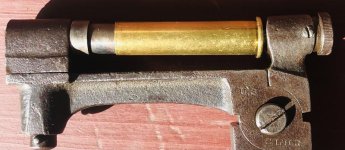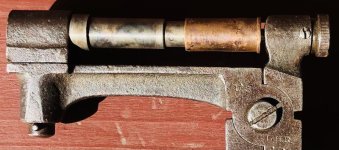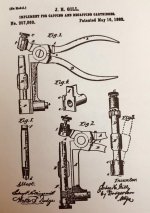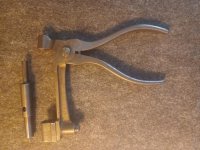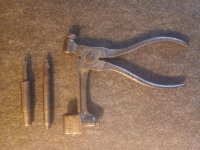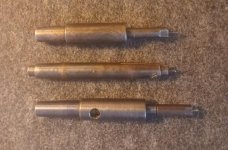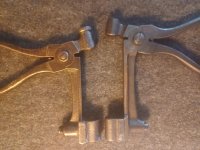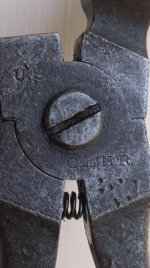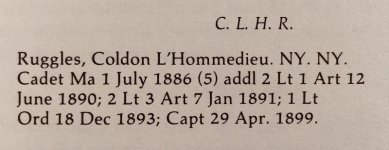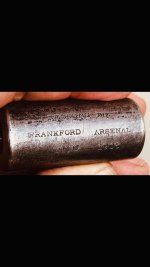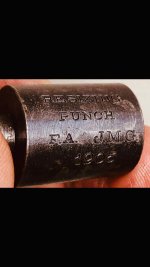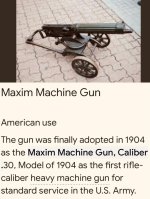Just got this tool today. I've been looking for years. Thought I'd share.
The Military issued reloading tools are very hard to come by.
This tool was introduced in about 1882 and was discontinued prior to 1907.
It's a multi-caliber Prime/De-prime tool. See photos.
The Military records list only about 700-800 reloading kits and likely only about 100 replacements over a 25 year period. So these tools are quite rare.
With various adaptors all Military calibers at that time could be de-primed and primed using this tool. This included the following calibers:
45/70 Gov
50. Gov
45 Colt
45 Schofield
30/40 Krag
38 Colt
38 Smith & Wesson Special
Literally millions of rounds were reloaded using these tools that included the 45 Schofield revolver.
My research strongly supports the end of this tools use was due to the introduction of automatic actions which required machine loading and reloading to prevent a jam.
Murph
The Military issued reloading tools are very hard to come by.
This tool was introduced in about 1882 and was discontinued prior to 1907.
It's a multi-caliber Prime/De-prime tool. See photos.
The Military records list only about 700-800 reloading kits and likely only about 100 replacements over a 25 year period. So these tools are quite rare.
With various adaptors all Military calibers at that time could be de-primed and primed using this tool. This included the following calibers:
45/70 Gov
50. Gov
45 Colt
45 Schofield
30/40 Krag
38 Colt
38 Smith & Wesson Special
Literally millions of rounds were reloaded using these tools that included the 45 Schofield revolver.
My research strongly supports the end of this tools use was due to the introduction of automatic actions which required machine loading and reloading to prevent a jam.
Murph
Attachments
Last edited:

